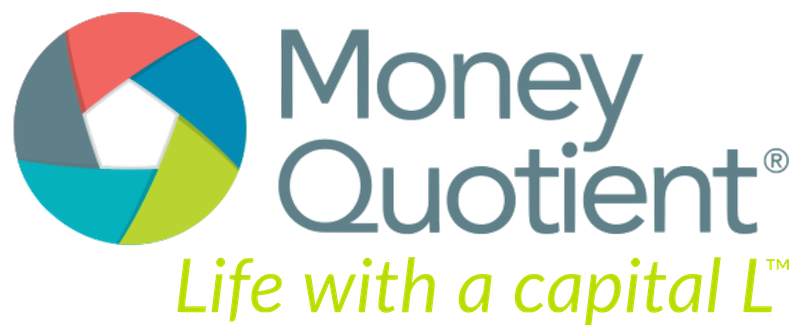
An essential component of Money Quotient’s five step True Wealth™ Process is the Envision stage. The objective of this stage is to assist your financial planning clients in creating a vision for the future that is fulfilling and inspiring. This mental picture will include everything that is important to them and represent their unique version of a fulfilling and satisfying life.
The next step is to mutually define personal and financial goals that align with and support that image. This visualization and goal setting process will establish clear guidelines for creating a financial plan that addresses your clients’ concerns as well as their aspirations, and aligns with their values and priorities.
In his book Getting Things Done, author David Allen provides insight regarding the effectiveness of this approach when working with your financial planning clients. He wrote, “We know that the focus we hold in our minds affects what we perceive and how we perform.” He further explained that when individuals focus on something they identify as being important to them, that focus will begin to generate ideas and thought patterns they would not have had otherwise. He also emphasized that “even your physiology will respond to an image in your head as if it were reality.”
This seemingly magical phenomenon is due to the Reticular Activation System—a formation at the base of the brain that is the gateway to our conscious awareness. Allen wrote:
Just like a computer, your brain has a search function—but it’s even more phenomenal than a computer’s. It seems to be programmed by what we focus on and, more primarily, what we identify with.
Therefore, as you guide your clients in visualizing the lifestyle and quality of life they would like to have in the future, it is important to remind them that the secret to realizing their dreams is maintaining that image in their minds. In fact, the greater their understanding of what is truly most important to them, the easier it will be to “paint a mental picture” that is both motivating and inspiring.
This seemingly magical phenomenon is due to the Reticular Activation System—a formation at the base of the brain that is the gateway to our conscious awareness. Click To TweetNonetheless, some of your clients may still feel reluctant to establish important goals until they know exactly how and when they will achieve them. This desire for clarity is understandable, but will stall their progress and undermine their potential. In Personal Coaching for Results, the late Lou Tice explained:
…it’s a mistake if you think you have to know exactly how you’re going to achieve a goal before you commit to it. When you operate that way, you cripple yourself unnecessarily and limit your scope severely. You’re goal-setting inside a box that is only as big as your present knowledge.
As an antidote to this crippling mindset, Tice recommends employing “end result thinking”—a methodology and belief that leverages the power of the Reticular Activating System. He explained that when an individual commits to a goal, they are assigning a higher level of meaning and purpose to the outcome. In a sense, they are declaring, “This is important to me. This matters.” A surprising consequence is that their awareness will be heightened in amazing ways. They will begin to identify helpful resources and recognize creative ways to achieve their goals that would previously have gone unnoticed.
Similarly, Jackie Kelm wrote in Appreciative Living, “Images are a much more powerful method for mobilizing change than concrete steps or programs.” Therefore, as you help your clients to set goals for the future, it is important to guide them in envisioning and articulating the various elements they want to include in their financial and life plans. Whatever they identify and claim for themselves will become an internal compass guiding all of the big and little decisions they make to align with their values and priorities.
—Carol Anderson
